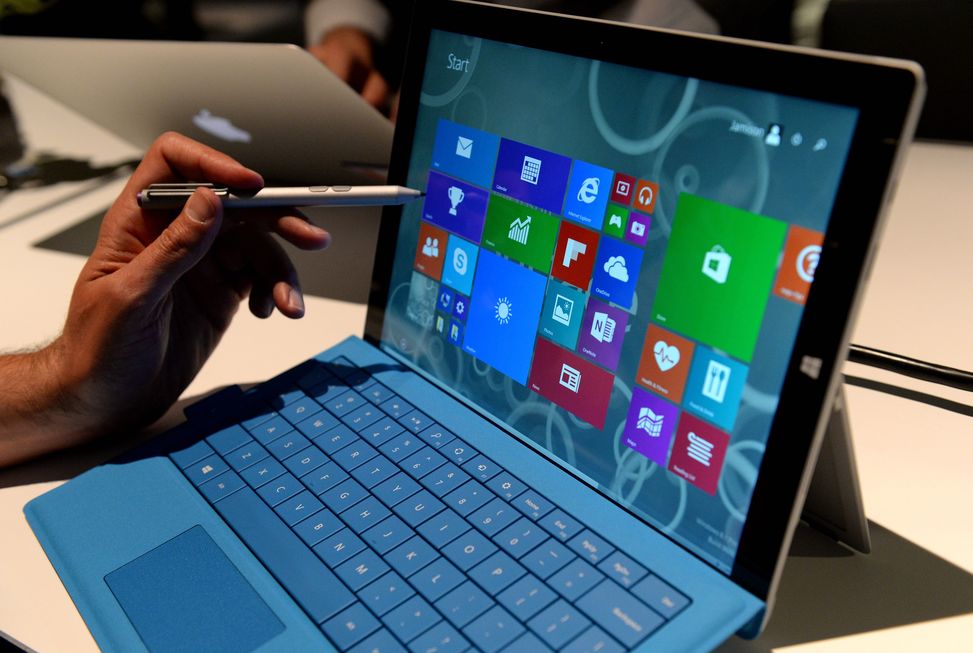
It can also capture the raw wireless packets to a PCAP file, so you can import into Wireshark, TCPdump, and other tools. It shows the AP details, including the SSID of “hidden” networks.
#Wifi stumbler online mac os#
This is a W-Fi stumbler, packet sniffer, and intrusion detection system for Windows, Mac OS X, Linux, and BSD. However, it doesn’t include noise or signal-to-noise (SNR) values. It also features GPS support and even lets you export to Google Earth. Plus it shows you the accurate encryption method, not just WEP. It gives you similar AP details, but displays signal info on graphics instead of just text-readouts. This is another simple Wi-Fi stumbler, but unlike NetStumbler, it’s an open source project.

Additionally, it does not reveal the SSID of “hidden” wireless networks that don’t broadcast its name in beacons. However, NetStumbler unfortunately does not show real encryption method of APs it always shows WEP regardless if it’s WEP, WPA, or WPA2. It even features GPS support to log AP locations.

Plus it gives you the signal, noise, and signal-to-noise ratio (SNR) levels in negative dBm values. It scans for and shows you the basics: MAC address, SSID, channel, speed, vendor, and whether or not encryption is enabled. This is probably the most popular Wi-Fi stumbler for Windows and Windows CE/Mobile. Here’s a review on several of these stumbling and surveying utilities.
#Wifi stumbler online full#
These can come in handy whether you want to check the channels, find rogue APs, or do full RF site surveys. You’ve most likely heard of NetStumbler, but there are many more free Wi-Fi stumblers out there.


 0 kommentar(er)
0 kommentar(er)
